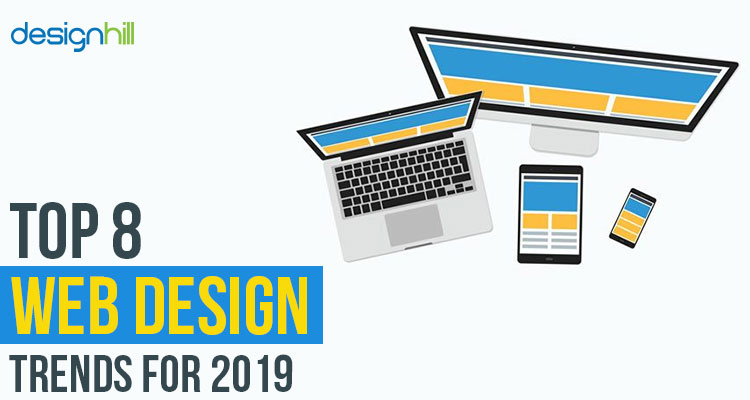The Development Of Web Site Style: From Past To Existing
The Development Of Web Site Style: From Past To Existing
Blog Article
Short Article Produced By-Johnsen Clarke
In the past, sites were simple and concentrated on info. Navigation was direct, and layout was for desktop computers. Currently, customer experience is crucial. Information guides styles for easy navigating. Responsive layouts suit various gadgets. Today, dark mode lowers strain, and minimalist menus boost navigating. Interactive functions involve customers, and vibrant visuals stand apart. AI integration increases engagement. See just how design has advanced to improve your online trip.
Early Days of Website Design
In the very early days of website design, simpleness reigned supreme. Internet sites were basic, with limited colors, font styles, and formats. go to this web-site was on offering details instead of fancy visuals. Individuals accessed the net via sluggish dial-up links, so speed and functionality were vital.
Navigation menus were straightforward, normally located at the top or side of the web page. Sites were designed for computer, as mobile browsing wasn't yet common. Content was king, and developers focused on simple readability over complex style aspects.
HTML was the key coding language made use of, and designers needed to function within its restraints. Computer animations and interactive features were minimal contrasted to today's criteria. Websites were fixed, with little dynamic material or personalized customer experiences.
Surge of User-Focused Layout
With the development of site layout, a shift in the direction of user-focused style concepts has actually ended up being significantly prominent. Today, developing websites that prioritize individual experience is critical for engaging visitors and accomplishing service objectives. User-focused style includes comprehending the requirements, choices, and actions of your target market to tailor the internet site's format, web content, and includes appropriately.
Designers currently conduct thorough study, such as customer surveys and use screening, to collect insights and comments straight from individuals. This data-driven technique helps in creating intuitive navigating, clear calls-to-action, and visually attractive interfaces that resonate with visitors. By positioning the individual at the center of the layout process, internet sites can provide a more individualized and satisfying experience.
Receptive design has actually likewise emerged as a vital facet of user-focused layout, guaranteeing that web sites are maximized for different gadgets and display dimensions. This adaptability boosts access and usability, accommodating the varied ways customers interact with internet sites today. Basically, the rise of user-focused design signifies a change in the direction of creating digital experiences that focus on the requirements and assumptions of the end individual.
Modern Trends in Web Design
Discover the most up to date patterns shaping website design today. One prominent fad is dark mode style, offering a sleek and modern appearance while minimizing eye pressure in low-light atmospheres. Another essential fad is minimalist navigation, simplifying menus and enhancing user experience by focusing on essential elements. Including micro-interactions, such as computer animated buttons or scrolling impacts, can develop a much more interesting and interactive internet site. Responsive style stays important, making certain seamless individual experiences across different gadgets. In addition, making use of vibrant typography and asymmetrical layouts can add aesthetic interest and accentuate certain content.
Incorporating AI technology, like chatbots for consumer support or customized suggestions, improves user involvement and streamlines processes. Ease of access has likewise come to be a considerable trend, with designers focusing on inclusive style practices to deal with varied user demands. Embracing sustainability by optimizing site performance for rate and effectiveness is one more emerging trend in web design. Collaborating with individual responses and data analytics to iterate and improve layout continually is crucial for remaining pertinent in the ever-evolving electronic landscape. By embracing these contemporary fads, you can develop a visually enticing, easy to use web site that resonates with your audience.
Conclusion
As you assess the evolution of site design from the early days to now, you can see how user-focused design has actually ended up being the driving pressure behind modern-day fads.
Accept the journey of change and adaptation in website design, always keeping the customer experience at the center.
Tippingpointdigital
Stay present with the current fads and technologies, and never ever quit developing your approach to develop aesthetically sensational and easy to use websites.
Progress, adapt, and produce - the future of website design remains in your hands.
